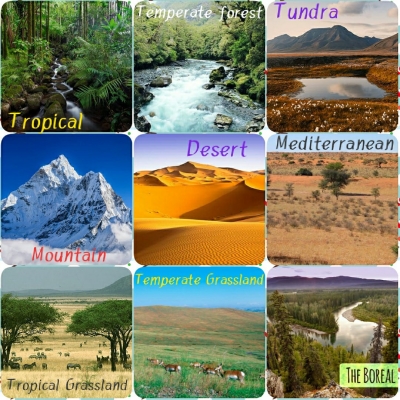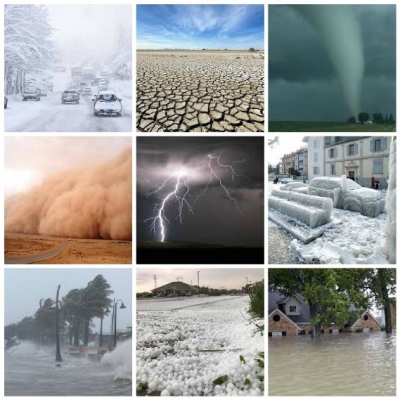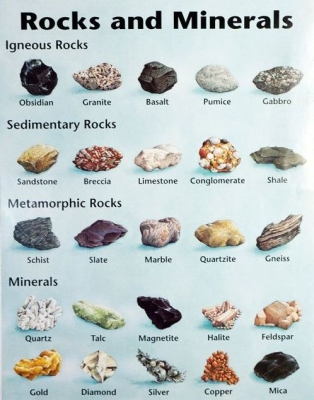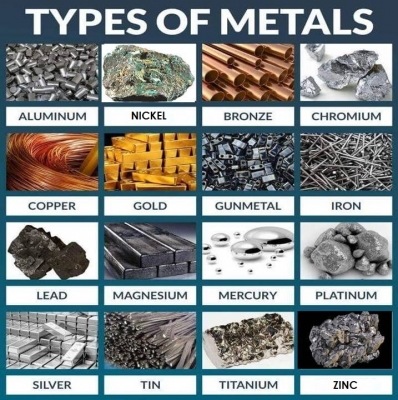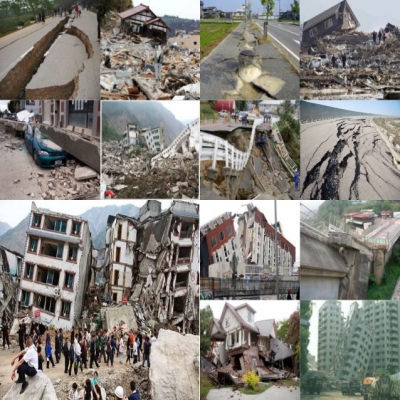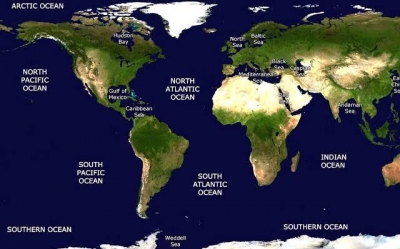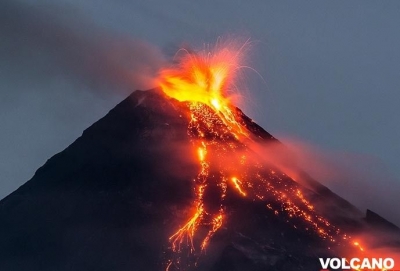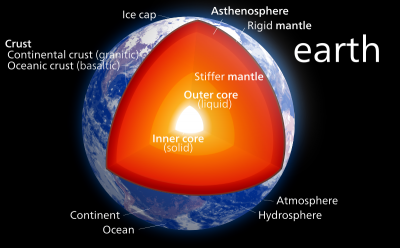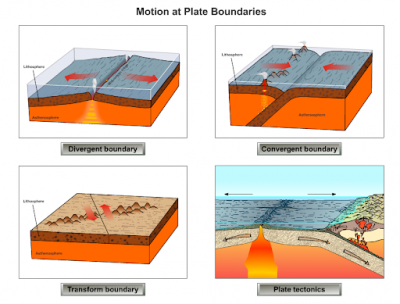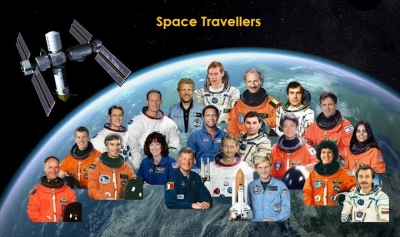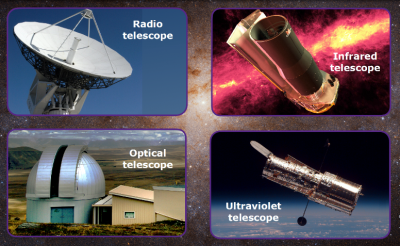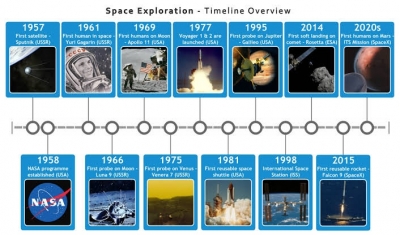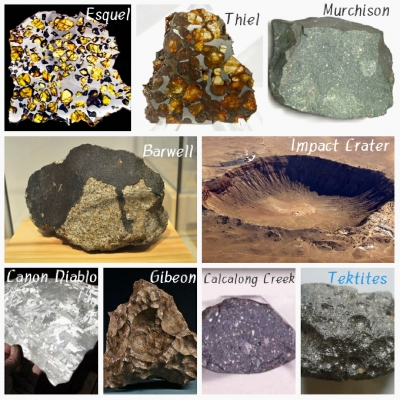What are the different types of caves and how are they formed?
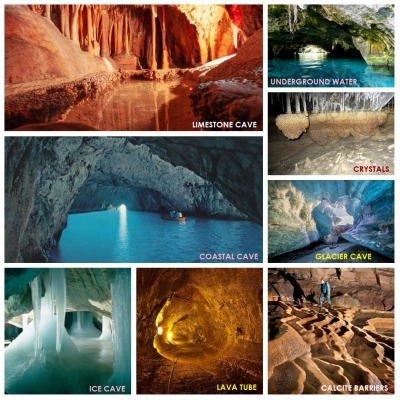
CAVES
When rock is worn away by coastal erosion or rainwater, weak areas tend to collapse while the surrounding stronger rock survives. This creates cave systems, which may extend for many kilometres in limestone country, and contain huge caverns and underground rivers. Flowing water beneath glaciers can also erode caves in the ice. In places like Hawaii, erupting volcanoes may create lava tubes – tunnels that once contained rivers of red-hot molten rock.
LIMESTONE CAVES
Rainwater dissolves carbon dioxide from the air, turning it into weak carbonic acid. In limestone country, the acidified rainwater drains into the rock and dissolves it, creating chains of potholes and caverns. Where water containing dissolved rock drips from cave ceilings, it leaves stony deposits that build up into hanging stalactites, and stalagmites that grow up from the cave floor.
UNDERGROUND WATER
The water that creates limestone caves flows through the cave systems as underground streams and even rivers. In wet weather these can fill the caves, eroding them into fantastic shapes that are revealed as the water level drops. In some limestone regions, such as the Yucatan in Mexico, there is no surface water at all because all the rivers flow underground. In places they are open to the sky, forming beautiful natural wells called cenotes.
CRYSTALS
Water dripping through cave systems contains dissolved minerals, such as calcite and gypsum. If the water evaporates or changes its chemical nature slightly, the minerals may become solid again, forming crystals with glittering, faceted, jewel-like shapes.
COASTAL CAVE
On exposed rocky coasts, pounding waves force water into cracks in the rock at such high pressure that they blow the rock apart. This cuts away the rock at water level. Often the rock above collapses to form a sheer cliff, but if the waves cut into a weaker seam they can create deep caves and even rock arches.
GLACIER CAVE
Near the end of a glacier, melting ice creates streams of melt water that often drain down through crevasses to form vertical sinkholes. When the water reaches the bottom of the glacier, it flows between the ice and rock to erode tunnels and caves in the ancient glacier ice. At times when the melting rate is high these can fill with water, which pours through the ice in a torrent before finally emerging at the glacier tip or snout. In midwinter, however, these glacier caves may be safe to explore.
ICE CAVE
In some mountain regions, the air inside limestone caves can be so cold that water seeping into the cave immediately freezes. This creates glassy icicles and frozen cascades. The temperature is critical to the formation of these ice caves, so they are quite rare. If the rock around the cave is too cold, water freezes solid before it can enter the cave. If the cave is too warm, all the ice melts and the water drains away through the cave floor.
LAVA TUBE
Now cold and empty, this cave was once filled with a torrent of red-hot lava erupting from a Hawaiian volcano. The lava from such volcanoes is so hot and liquid that it flows like water. As it pours downhill, the top of the flow cools and may become solid, forming the roof of a lava tube. This keeps the heat in and allows the lava inside to keep flowing. When the eruption stops, the lava may flow out to leave a long cave.
CALCITE BARRIERS
Water flowing through the limestone cave of Akiyoshi-do in Japan is saturated with dissolved calcium carbonate, or calcite. Where the water flows over the sloping cave floor, calcite has crystallized to form a series of barriers. The water overflows these in a gentle cascade that falls from one pool to the next.
Picture Credit : Google
